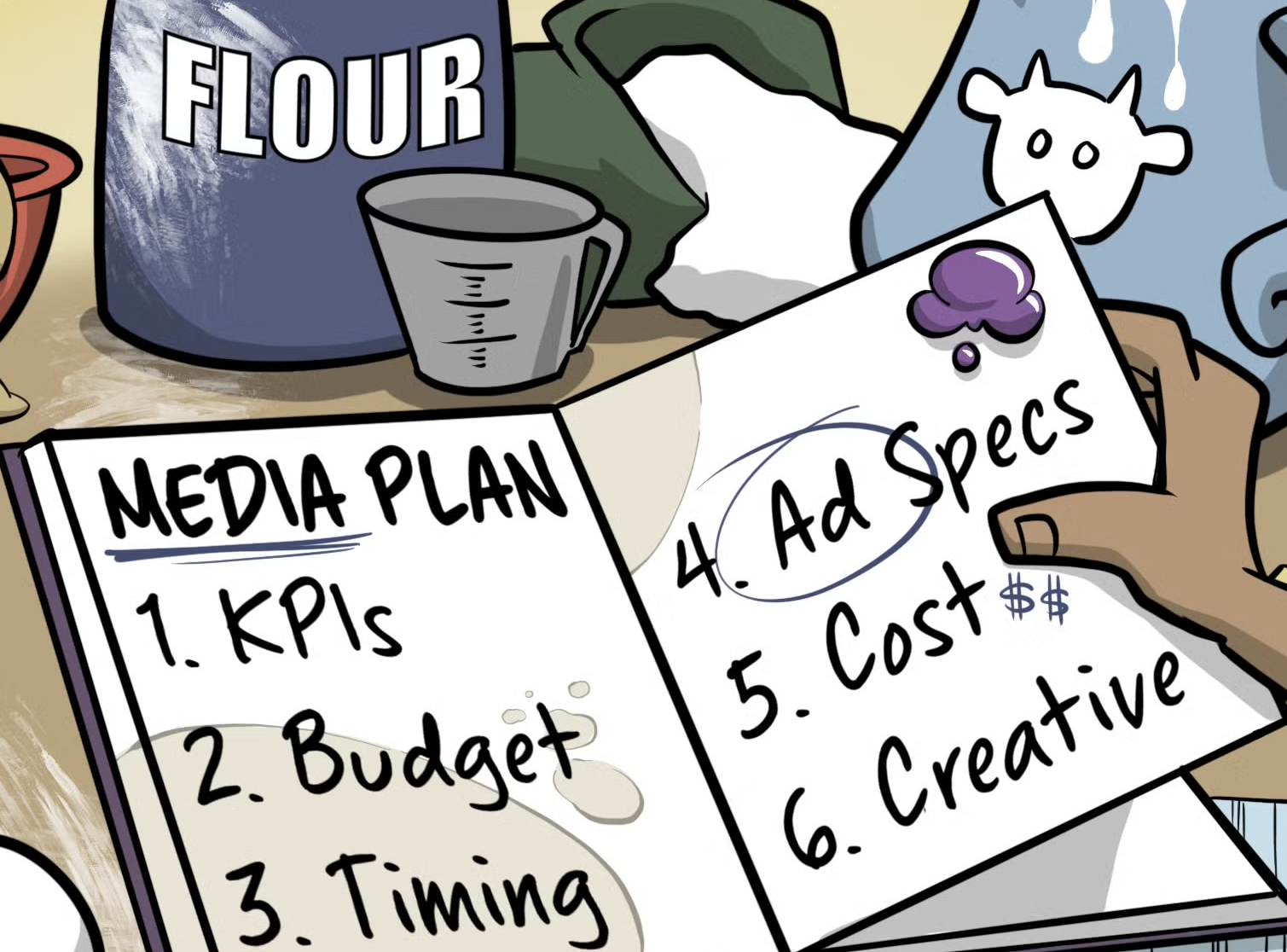- AD150
- Posts
- Only 15% of Brands Have Unified Data — The Other 85% Are Guessing
Only 15% of Brands Have Unified Data — The Other 85% Are Guessing
Marketers are betting billions on AI and performance without full data alignment. The few who’ve mastered integration are turning precision into profit.
Good morning, ! This week we’re unpacking how marketers are redefining the B2B funnel, from AI-driven lead optimization and smarter data integration to micro-influencers turning trust into ROI. We explore why only 15% of brands have fully unified data systems, how privacy and governance remain the biggest barriers to AI adoption, and why smaller creators (10K–100K followers) are quietly outperforming mega-influencers. Plus, we look at the mobile subscription boom, where 65% of U.S. adults now pay for at least one app, reshaping where, and how advertisers spend next.
Join 50+ advertisers who reach our 400,000 executives: Start Here.
Know another marketer who’d love this? Pass it along—they’ll thank you later! Here’s the link.
AUDIENCE DATA DIVE
Corporate Development Audience Analysis: What Captures Strategic Buyers
The data below reflects open-rate behavior of the Corporate Development segment across our Private Equity Newsletter. These are professionals sitting in M&A, strategy, and corporate investing roles, typically the most commercially valuable readers in our audience.
They Engage with Capital Strategy, Not Just Deal News
Corporate readers show a strong preference for posts that explain how capital moves across the private markets ecosystem.
Posts like “Why Illiquidity May Be PE’s Greatest Advantage” and “Liquidity Isn’t a Gift, It’s a Trap” perform 10–15 pp above average, signaling a sustained interest in liquidity management, portfolio flexibility, and funding constraints.
This audience reacts to strategic, not transactional perspectives, pieces that reframe market conditions as investment levers.
Scale and Capital Flow Stories Win Attention
Posts mentioning explicit deal or fund sizes, “$1.8T Tightrope,” “$190B BlackRock Move,” “$6.4B Exit”, consistently record higher open rates.
That’s not coincidence: for corporate dealmakers, scale implies credibility and relevance. The bigger the number, the more it signals opportunity or competitive insight.
Efficiency and Innovation Matter
“AI Joins the Cap Table” (47 % open rate) confirms a growing interest in technology that improves sourcing, diligence, or value creation.
Corporate Development teams clearly engage with innovation when it’s presented as a way to move faster and make smarter bets, not just as tech news.
Macro Capital Shifts Drive Curiosity
Posts centered on reallocation and asset mix evolution, “Private Credit Platforms,” “RIP 60/40,” etc., remain top performers.
They attract readers seeking to understand how institutional capital is repositioning and where new liquidity windows are opening.
Takeaway for Buyers and Sponsors
This audience behaves like strategic investors. They open content that:
Frames capital allocation as strategy, not mechanics.
Quantifies market size, fund movement, or reallocation trends.
Connects innovation (AI, data, efficiency) to dealmaking advantage.
For advertisers, that means content and placements around capital markets insight, data tools, analytics platforms, or transaction infrastructure are especially aligned.
In short: Corporate Development readers click where capital, innovation, and strategy intersect, the same space where premium B2B brands want visibility.
AD INTEL
Data Integration Still a Work in Progress
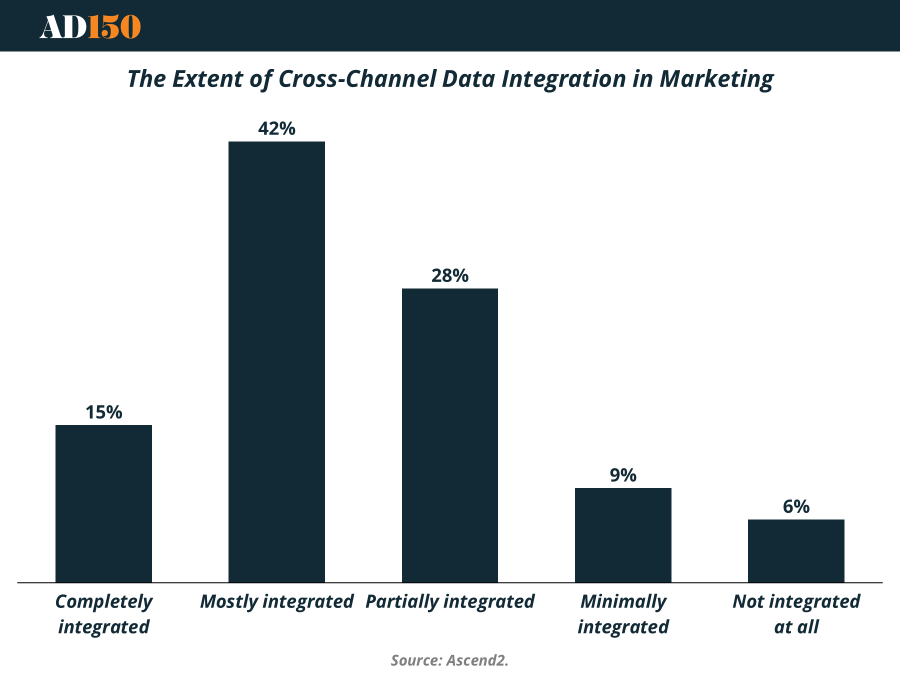
Marketers are getting better at connecting the dots—but they’re not all the way there yet. According to new data, 42% of organizations report mostly integrated systems for combining insights from channels like social media, email, and web analytics, while only 15% are fully unified. Another 28% remain only partially integrated, and a combined 15% have minimal or no integration at all.
This uneven progress shows how data silos continue to limit marketing effectiveness, from campaign attribution to audience targeting. To close the gap, experts recommend investing in a customer data platform (CDP) to centralize and unify insights, along with strong data governance and analytics frameworks that ensure accuracy and consistency.
As multi-channel complexity grows, mastering integration isn’t just an ops challenge—it’s the foundation of smarter, more efficient ad spend. (More)
THE FUNNEL REPORT
What’s Rising to the Top of the B2B Funnel in 2025
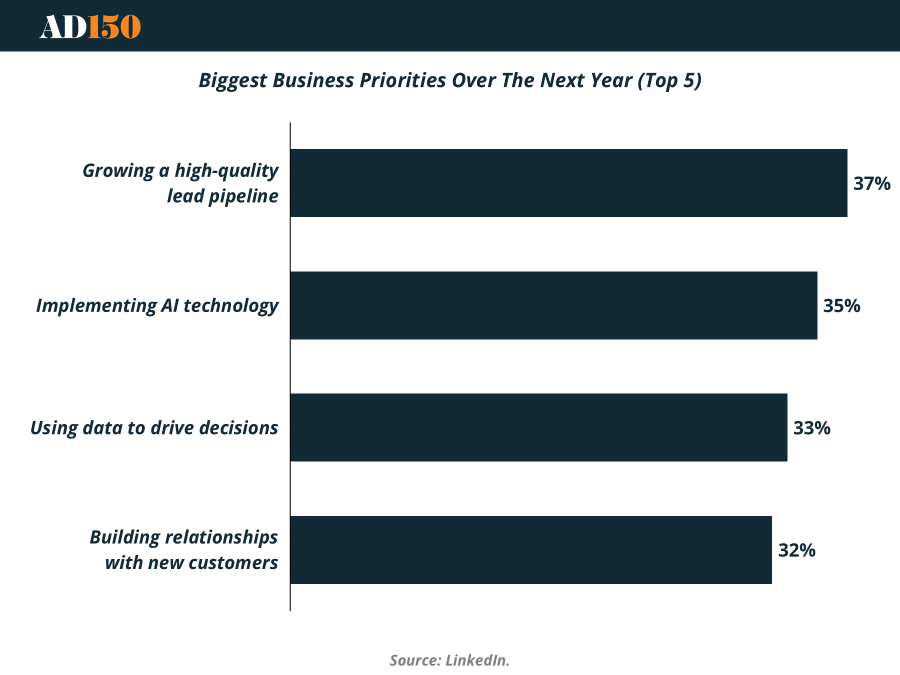
Marketers are doubling down on pipeline quality and AI-powered efficiency in 2025. According to new data, 37% of leaders say growing a high-quality lead pipeline is their top business priority, followed by implementing AI technology (35%) to enhance targeting and personalization. Another 33% are focused on leveraging data to guide decisions and track performance.
Meanwhile, building relationships with new customers (32%) and balancing short- and long-term ROI (32%) show that teams are still walking the line between quick wins and sustainable growth. The takeaway? Success this year will hinge on AI-enabled funnel optimization—where smarter data and better-quality leads power every stage of demand generation. (More)
BUDGET SHIFTS
Paid App Adoption Redefines Mobile Spend
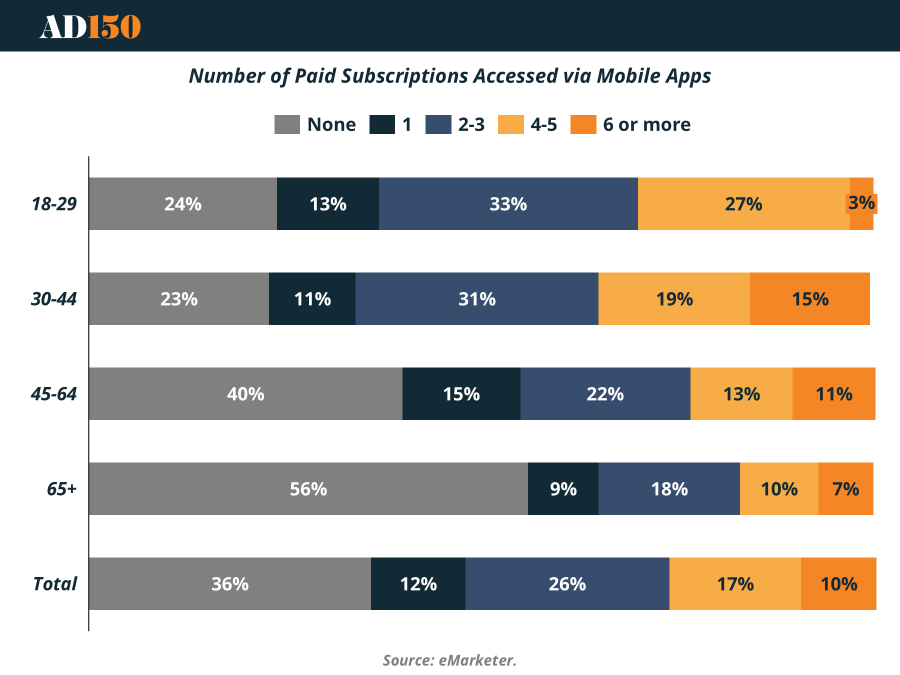
The subscription economy is no longer just for streaming. 65% of U.S. adults now pay for at least one mobile app subscription, rising to 77% among 18–29-year-olds, according to YouGov. This generational skew signals where discretionary app spending—and marketing dollars—are headed.
Younger users are more willing to pay for premium content and experiences, from wellness apps to mobile games, creating new opportunities for in-app advertising, cross-promotions, and retention campaigns. Meanwhile, CTV habits reinforce this shift—69% of connected TV users cite Netflix as their top app, up from 66% last year.
The surge in genAI app downloads (164 million in H1 2025, up from 118 million in late 2024) further underscores a shift toward value-driven digital experiences. For marketers, the takeaway is clear: budgets should follow where users are paying attention—and paying outright. (More)
BUYER’S ROOM
Privacy Is a Top Concern With AI Adoption for B2B Companies Right Now
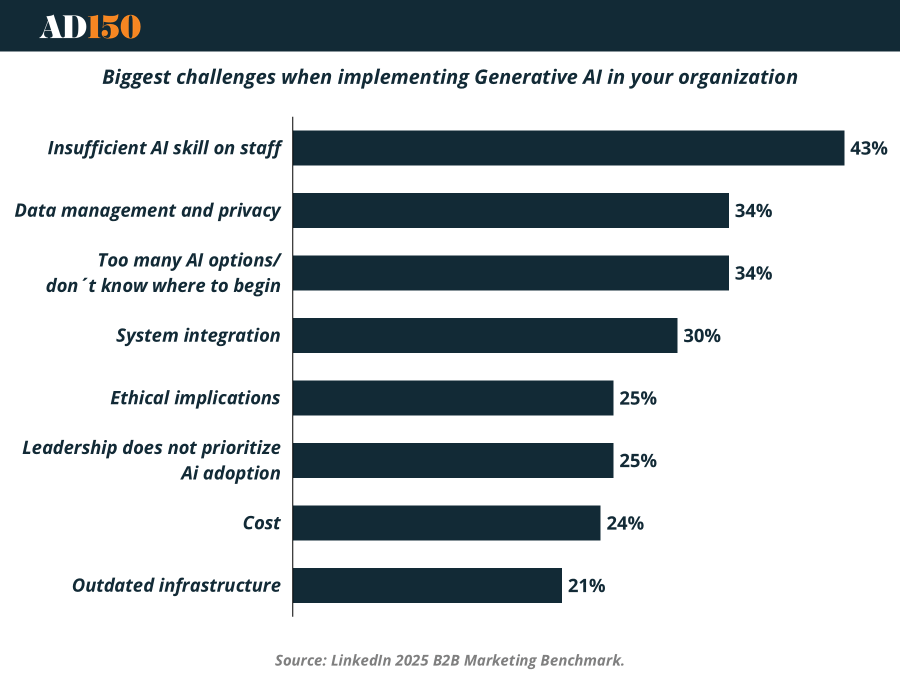
Optimism around Generative AI in marketing is high—but so are the hurdles. According to recent survey data, 43% of organizations cite insufficient AI skills on staff as their biggest challenge to implementation. Close behind, data management and privacy concerns (34%) and too many AI options (34%) highlight that the problem isn’t interest—it’s execution.
Even as companies race to adopt AI-driven tools, most are still unsure how to integrate them responsibly. “The tools evolve faster than the guardrails,” one B2B marketing leader said. “Privacy, compliance, and data handling are where adoption efforts hit the brakes.”
The survey also shows that 30% struggle with system integration, while a quarter of respondents (25%) flag ethical implications and leadership buy-in as barriers. The message is clear: AI’s marketing promise is real, but trust and technical readiness are lagging behind. (More)
CREATIVE THAT CONVERTS
The Power of the Micro-Influencer
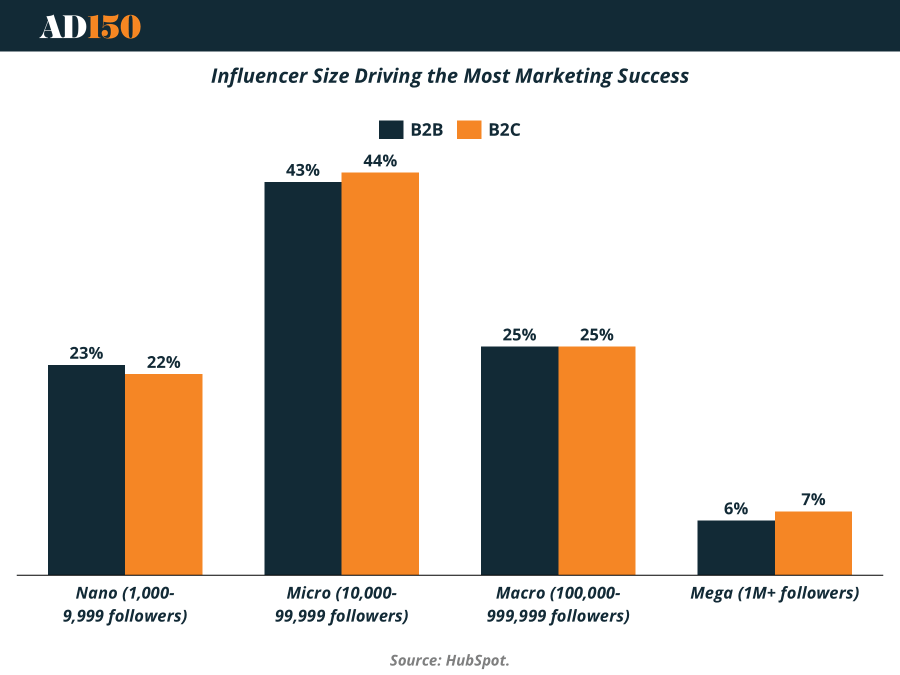
Marketers are finding success with influencer marketing — especially through niche audiences. In 2024, 24% of marketers leveraged influencer partnerships, with both B2B and B2C brands seeing the most success from micro influencers (10K–100K followers). According to the data, 43% of B2B and 44% of B2C marketers reported the best results from this group — far outperforming macro and mega influencers.
Why? Smaller creators help brands build authentic trust, tap into tight-knit communities, and stretch marketing budgets further. These creators often drive stronger engagement and conversion, turning followers into loyal customers.
Top platforms for ROI include Facebook (28%), Instagram (22%), and YouTube (12%), with many brands allocating 50–74% of their marketing budget to influencers or content creators.
Looking ahead, 86% of marketing leaders believe the next wave could be AI-generated influencers — signaling an evolution in how creative teams convert attention into action. (More)
CASE STUDY
ZoomInfo’s “Go-to-Market Intelligence” Awareness Blitz
To reposition itself beyond a contact database, ZoomInfo launched a bold multi-phase campaign centered on “Modern GTM Intelligence.” The goal: to convince sales and marketing executives that ZoomInfo had evolved into a strategic revenue operations partner.
The campaign combined high-impact videos, interactive microsites, and co-branded content with ecosystem leaders like Salesforce and HubSpot. Short client testimonial videos showcased how ZoomInfo’s insights fueled pipeline acceleration and improved win rates.
The results spoke volumes: 25% uplift in GTM platform recognition, 150K+ content downloads, and 2.5x higher email CTRs. Accounts engaged in the campaign saw a 19% boost in pipeline velocity.
The key takeaway? Co-branding builds credibility, storytelling clarifies differentiation, and integrated campaigns drive alignment from awareness to conversion—a masterclass in how strategic creative can reshape brand perception and deliver measurable business impact. (More)
INTERESTING ARTICLES
"To succeed in business, to reach the top, an individual must know all it is possible to know about that business."
J. Paul Getty




